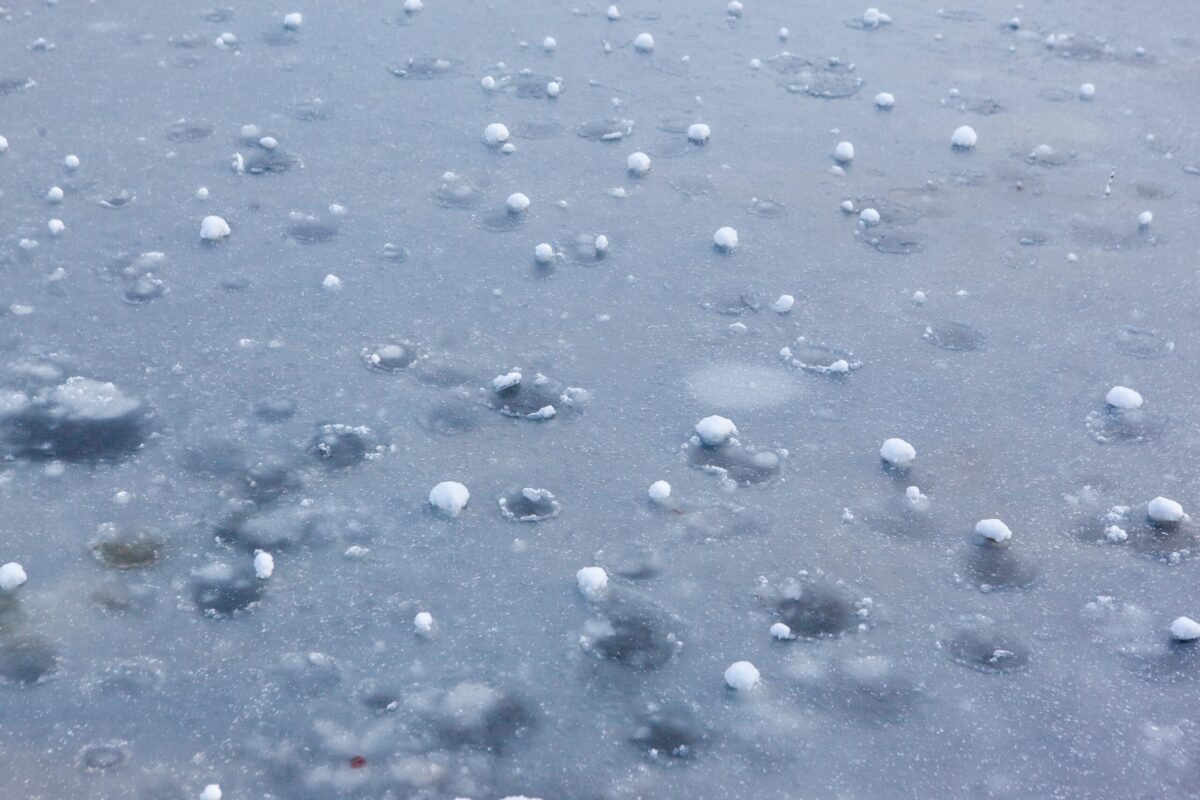Bill Wilson, CPCU, ARM, AIM, AAM
Here is a pretty common situation. A roof begins to leak during a heavy rain storm and the property owner reports the claim to the homeowners insurer. An investigation reveals that the loss resulted from hail damage which likely occurred over a year ago. Is there coverage under the ISO HO-3 policy that was in force at the time of the hail storm? What if the insurer denies the claim and the insured files suit?
This question was raised in a series of emails I received during the spring and summer. One of the questions is, exactly what is the loss…the water damage from the leak, the hail damage to the roof, or both? That will raise the issue of when the occurrence took place and what policy then would respond if there is a significant time difference.
This is even further complicated when, as included in one of the emails I received, you have a policy condition like this:
Suit Against Us
…A claim for a loss resulting from the peril of windstorm or hail must be reported to us or our agent within 6 months of the loss event, and any suit arising there from must be brought within one year after the loss or damage occurs….
When hail damage is discovered only after a roof leak materializes many months or even years after the roof damage occurred, what is the damage and when did it occur? Did the damage occur at the time of the hail storm, did it occur gradually over the months or years between that event and the leaky roof?
Much has been written about coverage trigger theories involving third-party liability claims, but very little has been written about first-party property claims. The limited first-party trigger theory articles seem to suggest that the Manifestation Theory applies to first-party claims and coverage should be based on when the damage is discovered.
In other words, for a policy provision like that cited above, the time should begin to toll, not when the initial hail damage occurred, but rather when it was discovered. That seems to be the most equitable way to respond to claims where there may be a fairly long time delay between occurrence and damage discovery.
Some states have statutes or regulations governing the time a policyholder has to sue an insurer, but I’m not aware of any similar legal restrictions on reporting claims other than perhaps some body of case law. Presumably, in the absence of a statute, an insurance policy can establish contractual restrictions on this and the only short-term solution would be a lawsuit charging ambiguity and the only long-term solution would be legislative or perhaps regulatory.
Thirty years ago, ISO reflected this manifestation theory in their HO forms when a plumbing “repeated seepage and leakage” water damage exclusion was removed from the forms. Under current ISO forms, as long as water damage is hidden from sight, there is coverage as long as discovered damage is promptly reported. ISO forms now rely on the Neglect exclusion if prompt reporting doesn’t happen. Again, this appears to be the most equitable approach for unsophisticated property owners, though many (probably most) insurers using ISO HO forms include a “repeated seepage or leakage” type exclusionary endorsement.
Copyright 2021 by InsuranceCommentary.com. Reprinted with permission.

